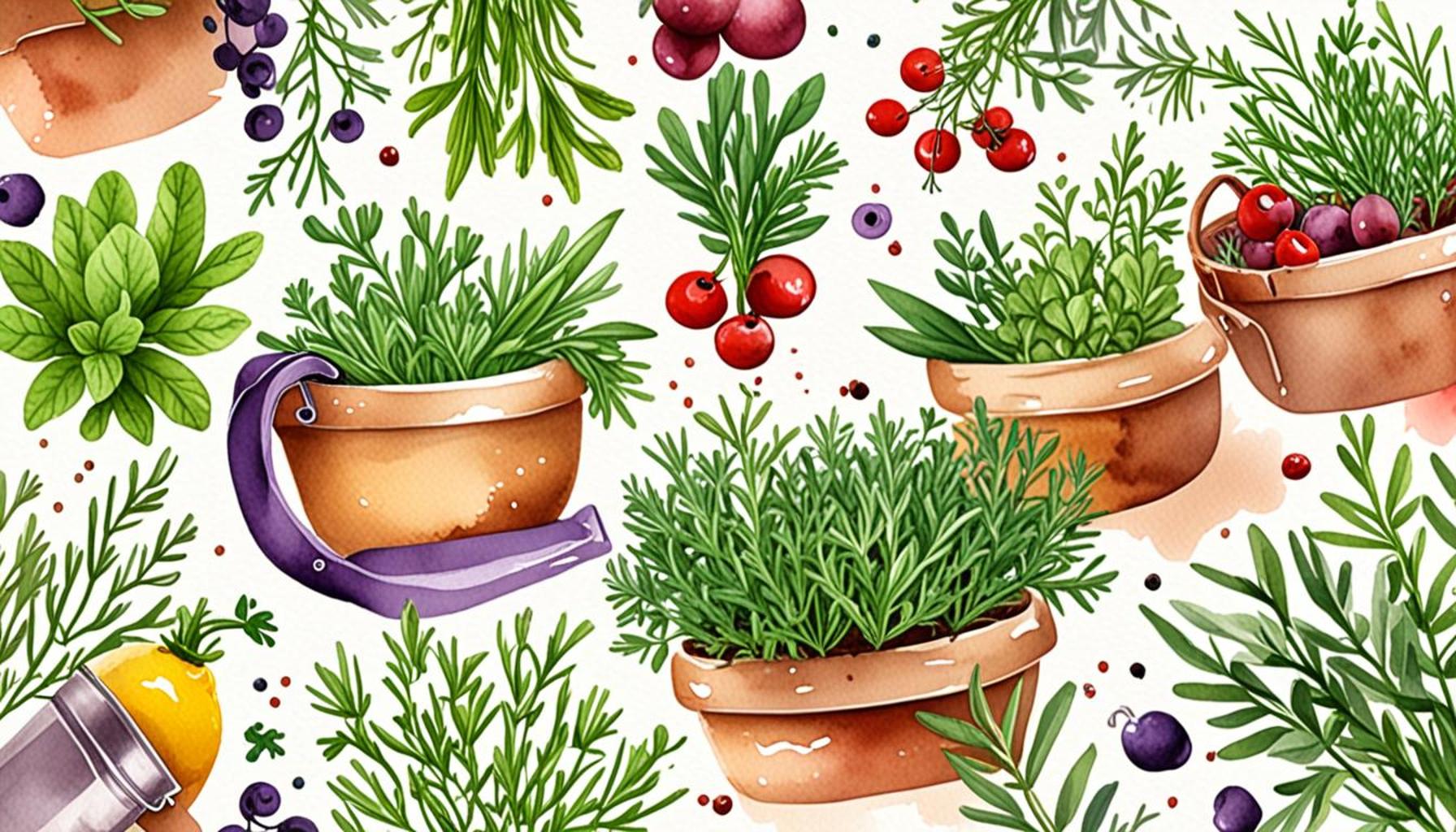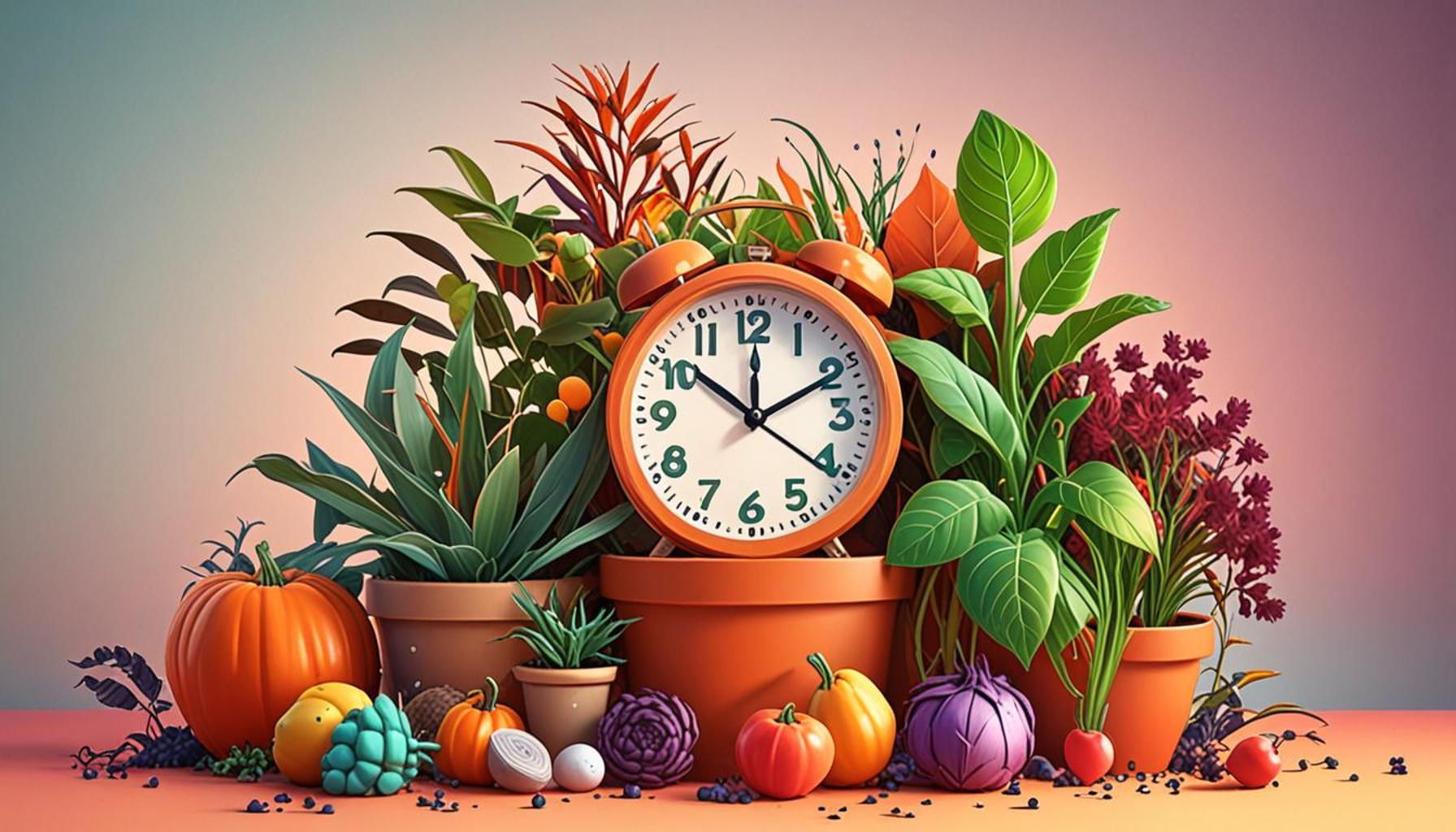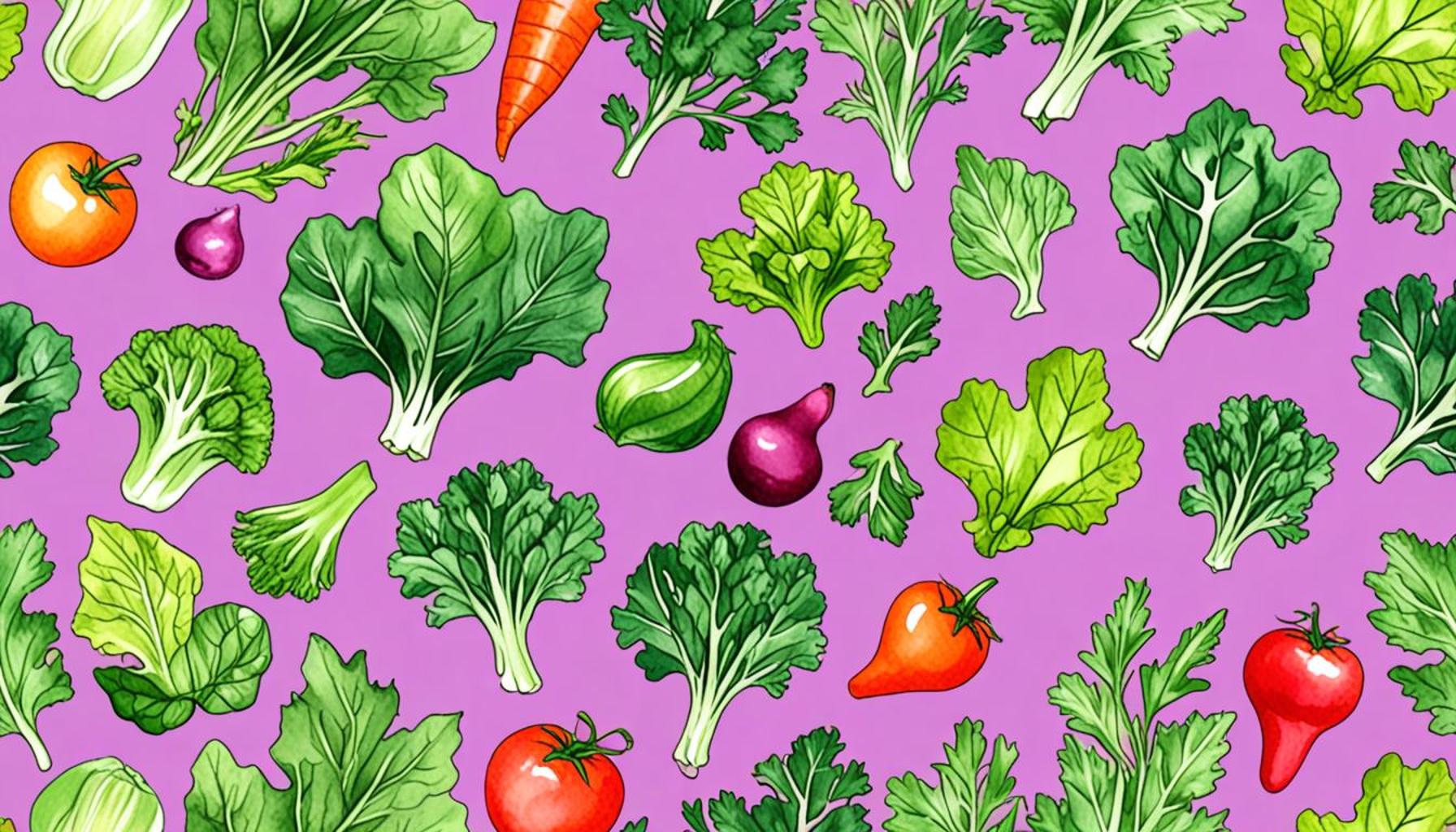Harvesting Techniques to Maximize Production in Home Gardens
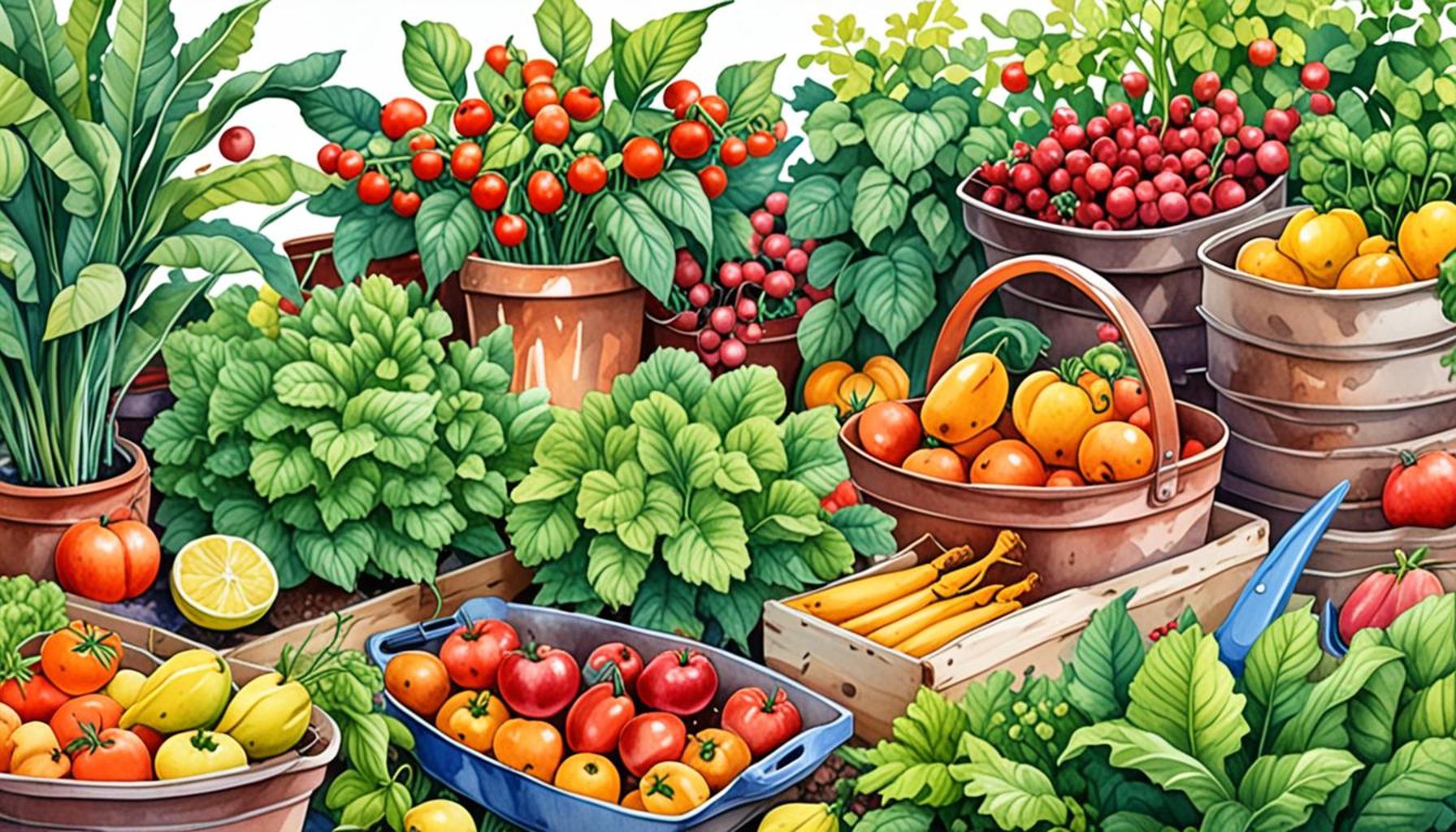
Unlocking the Potential of Your Home Garden
Every green-thumbed enthusiast knows that the right harvesting techniques can make a world of difference in the bounty of a home garden. Whether you are a seasoned gardener or just starting your journey, learning how to effectively harvest can elevate your gardening game. Understanding the nuances of harvesting will not only help you to enjoy fresher produce but also allow you to maximize the sustainability and productivity of your garden.
Effective harvesting helps preserve the nutrient content and flavor of your crops, ensuring that you enjoy every bite. Here are some key techniques to consider:
- Timing: Harvesting at the right moment is crucial for peak flavor and nutrition. For example, tomatoes should be harvested when they achieve their full color and feel slightly soft to the touch. This can vary by variety; cherry tomatoes require different attention than beefsteak tomatoes. Regular checks in your garden will help you catch these crops at their prime.
- Tools: Utilizing the right tools can minimize damage and enhance efficiency. A simple pair of garden shears or scissors, for example, can help you cleanly cut leafy greens like kale without uprooting the entire plant. Additionally, a harvesting basket can aid in transporting your produce while preventing bruising.
- Method: Selecting the best method for each type of crop is essential. For instance, when harvesting beans, gently pulling them off the vine can be sufficient, whereas root vegetables like radishes benefit from being snuggly pulled from the ground to maintain their shape. Research indicates that different methods may affect the plant’s growth and promote further harvests, particularly for crops that can produce multiple yields, like zucchini.
Understanding these techniques can lead to a more fruitful garden, allowing you to enjoy fresh produce throughout the season. Implementing the right harvesting practices leads not only to direct benefits but also fosters a richer connection with your gardening efforts. For instance, many gardeners find that harvesting herbs such as basil regularly encourages fuller growth, new leaves, and stronger plants.
Research suggests that gardeners who implement strategic harvesting techniques see an increase in both the quantity and quality of their harvests. By applying these detailed practices, you can maximize your home garden’s production and really experience the meaning of farm-to-table living. Dive deeper into the world of effective harvesting and transform your gardening experience—it’s not just about growing; it’s about reaping the rewards of your labor. Take the plunge to discover how small changes can lead to significant outcomes, and enjoy a continuous cycle of growth and harvest all season long.
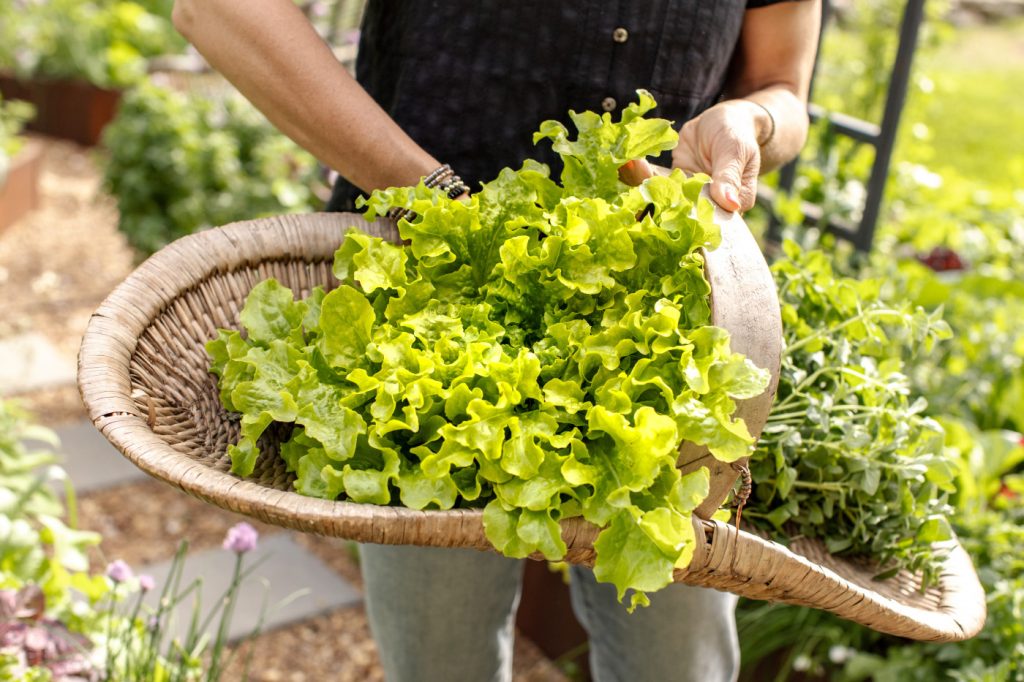
DISCOVER MORE: Click here for essential gardening tips
Mastering the Art of Timing in Harvesting
The importance of timing in harvesting cannot be overstated. It significantly influences not only the flavor and texture of the produce but also its longevity in storage. To achieve an abundant harvest, it is essential to familiarize yourself with the specific maturation timelines for each of your crops. For instance, leafy greens like spinach can be harvested as early as three to four weeks after planting when they are still tender, while root vegetables such as carrots often require a bit longer to develop their full sweetness. Keep a close eye on your garden and maintain a calendar to track when you expect each crop to be ready.
Another crucial aspect of timing involves monitoring daily weather conditions. A sunny day is ideal for harvesting crops, especially those with high moisture content, such as cucumbers or zucchinis. Harvesting during dry conditions minimizes the likelihood of fungal diseases and allows for easier handling of your produce.
Recognizing Harvest Readiness
In addition to timing, the ability to recognize when your crops are ready for harvest is key. Each plant has visual cues that indicate ripeness. Here are a few guidelines to help you determine when it’s the right time:
- Tomatoes: Look for vibrant color changes—ripe tomatoes are typically deep red but can vary by variety. A slight give when gently squeezed usually indicates they are ready to pick.
- Peppers: The color will shift from green to yellow, orange, or red, depending on the specific variety. The fruit should feel firm to the touch without any soft spots.
- Herbs: Harvest leaves regularly to promote growth. When picking basil, for example, snip just above a pair of leaves to encourage branching.
Another important factor is understanding the concept of staggered harvesting. Instead of picking all your crops at once, which can lead to overwhelming amounts of produce, consider harvesting small amounts regularly. This approach keeps your plants healthy and productive while allowing you to enjoy fresh produce over an extended period. Additionally, staggering harvesting helps in managing your garden workload, ensuring that no crop goes to waste.
Implementing these strategies can enhance both the quantity and quality of your harvest. As you become more attuned to the rhythms of your garden, you will find yourself harvesting crops at their peak, resulting in flavorful foods that are a joy to eat. The deeper you dive into the subtleties of harvesting timing, the more you will unlock the full potential of your home garden, transforming each meal into a celebration of your hard work and dedication.
| Harvest Timing | Advantage |
|---|---|
| Optimal Maturity | Harvesting at the right time increases flavor and nutrient content, maximizing the taste and quality of produce. |
| Techniques for Yield | Utilizing techniques such as staggered planting allows for continual harvests throughout the growing season, enhancing overall garden productivity. |
| Harvesting Tools | Using specialized harvesting tools can minimize damage to plants, leading to healthier plants and potentially larger subsequent yields. |
| Pest Management | Effective pest management during harvesting helps keep produce intact and reduces losses, ensuring a larger share of every crop. |
In the realm of home gardening, the timing and techniques used for harvesting can drastically impact the overall yield and quality of your crops. By understanding these aspects, gardeners can significantly enhance their production, ensuring that each harvest is bountiful and delicious. Moreover, employing tools designed for specific harvesting tasks can streamline the process, making it more efficient and effective. This deliberate approach not only maximizes the output from your home garden but also fosters a rewarding gardening experience, leaving room for creative exploration in future plantings. Dive deeper into various harvesting techniques to discover how your home garden can thrive like never before.
EXPLORE MORE: Click here to discover how to harness rainwater for your garden
Efficient Harvesting Methods for Optimal Yields
As you become familiar with the timing and readiness of your crops, it’s equally important to adopt efficient harvesting methods that not only minimize damage to your plants but also maximize your overall yields. Different types of crops require specific harvesting techniques, and knowing how to properly handle your produce will enhance its quality and longevity.
Tools of the Trade
The right tools can make a significant difference in your harvesting experience. Ensure you have a selection of sharp garden scissors, pruning shears, or knife blades for cutting crops cleanly, as ragged cuts can lead to disease and spoilage. For root vegetables, a garden fork can help gently loosen the soil, making it easier to pull them up without bruising. Additionally, having a basket or container to collect your harvest minimizes the risk of damage during transport.
Harvest baskets should be breathable to reduce moisture build-up, which can lead to decay. Ideally, choose containers with holes or slats that allow air circulation. This is especially vital when harvesting crops like tomatoes, where bruising can affect flavor quality.
Harvesting Techniques by Crop Type
Different crops often benefit from specific harvesting techniques. Here are some sector-specific best practices to keep in mind:
- Leafy Greens: For crops like lettuce and spinach, use scissors to cut leaves rather than twisting or pulling them. This method prevents disrupting the plant’s core and encourages additional leaf growth.
- Fruit Vegetables: When harvesting crops such as cucumbers and peppers, twist gently and cut with shears rather than pulling them off. This technique minimizes stress on the plant and reduces the risk of damaging neighboring fruits.
- Root Vegetables: Carrots and beets should be harvested by gently digging around the roots with a trowel or fork. This method helps prevent breakage and ensures that you retrieve the entire root for optimal use.
Weather Considerations
Certain weather conditions can dramatically impact your harvesting outcomes, making it critical to consider how you carry out your tasks. Harvesting on a cool, cloudy day can help maintain the freshness of your produce. Vigorous sunlight can hasten dehydration and cause soft fruits to become overly pliable. As a rule of thumb, plan to harvest early in the morning or later in the afternoon when temperatures are milder.
On rainy days, exercise caution; wet conditions not only make harvests slippery but also increase the likelihood of spreading diseases like blight. Harvesting near the end of a dry spell ensures that leafy vegetables are crisp rather than waterlogged, leading to better texture and taste.
Post-Harvest Handling
How you handle your crops after harvesting can determine their shelf life. It’s essential to process your produce as quickly as possible. Remove any damaged or diseased items immediately to prevent them from affecting others. For crops that require cleaning, rinse them lightly while being careful not to bruise. Dry them thoroughly and store in breathable bags or containers inside your refrigerator to keep them fresh for longer.
Moreover, consider the potential of preserving your harvest through methods such as freezing, canning, or dehydrating when surplus crops exceed your immediate usage. These practices not only minimize waste but can also extend the enjoyment of your hard-earned produce throughout the year.
By utilizing these efficient harvesting methods tailored to each crop type, you will undoubtedly enhance both the quantity and quality of your garden’s output. The key lies in being attuned to the needs of your plants and employing best practices that ensure a bountiful, delicious harvest week after week.
DISCOVER MORE: Click here to dive deeper
Conclusion: Cultivating Success through Smart Harvesting
As a home gardener, embracing the art of harvesting techniques can significantly influence the outcome of your gardening endeavors. The methods you choose to employ—ranging from the right tools to specific harvesting strategies tailored to different crop types—don’t just preserve the health of your plants; they actively contribute to a more abundant and high-quality yield. It is clear that each crop has its unique requirements, and understanding these nuances enables you to nurture and maximize the potential of your garden.
Moreover, being mindful of weather conditions during harvest adds another layer of sophistication to your approach. Cooler, overcast days are optimal, while careful planning around rain and temperature fluctuations can protect your produce from damage and disease. Post-harvest handling is equally important; quick processing and thoughtful storage practices extend the lifespan and freshness of your vegetables, ensuring that you enjoy the fruits of your labor for longer.
In light of this knowledge, consider taking proactive steps to deepen your understanding of advanced preservation methods, such as canning and freezing, which will allow you to savor the delicious tastes of your garden year-round. Ultimately, by implementing these practical strategies, you equip yourself not just for larger yields but also for a richer, more satisfying gardening experience. The journey from seed to harvest is both an art and a science, and mastering this craft can transform your home garden into a flourishing paradise. So, embrace these harvesting techniques, and watch as your home garden thrives like never before!
